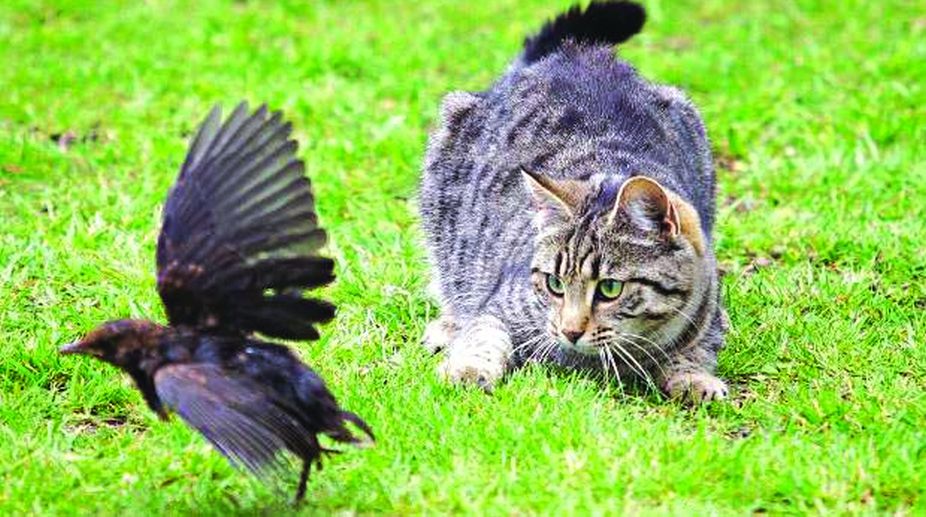A quarter of Gaza’s population one step away from famine: UN official
A senior aid official of a UN body has warned that a quarter of the population of the war-trodden Gaza is one step away from an imminent famine.

(Photo: SNS)
Nature can appear to be cruel as it has its own way of dealing with population control. Conversely, there are numerous instances, where without a predator, some seemingly harmless animals can become a menace. This is particularly true of those places where humans introduced an animal for food, sport or as a pet.
Take, for instance, deer and giant snails in the Andamans or rabbits in Australia. There have also been episodes of releasing pet snakes into the wild (Burmese python in Florida caused havoc) and fish (Brown Snakehead in Maryland and Walking Catfish, in Florida) that were brought to meet culinary needs but escaped into the water bodies, driving native fish to extinction.
The introduced animals (classified by scientists as Invasive Alien Species) are not native to the places and had no predators to keep their population in check.
Advertisement
What resulted is a bizarre situation, where an entire area has been over-run by the “alien” species. In the case of the Andaman deer, what queered the pitch was the Indian wildlife laws that prohibit killing or culling of deer as they are listed as a protected species.
But often nature’s manner of “population control” can lead to heart-rending scenes. A colleague, who had been following the progress of a Coppersmith Barbet’s nest-building exercise, had a sad tale to narrate.
As the Barbet, which had figured in this column a couple of weeks back, was engrossed in carving out a hollow in a tree trunk and had its head inside the half-finished nest, it failed to notice a cat creeping up the tree.
Our colleague was shocked as the cat, which incidentally lived in her garden, brought down the beautiful bird. Despite chasing the feline, desperately trying to get him to drop his shrieking “prey”, it was a futile exercise. What was more painful was the dead bird’s mate, that kept calling out, hopping from tree to tree, for almost a week. That’s nature at work, our colleague consoled herself.
Advertisement